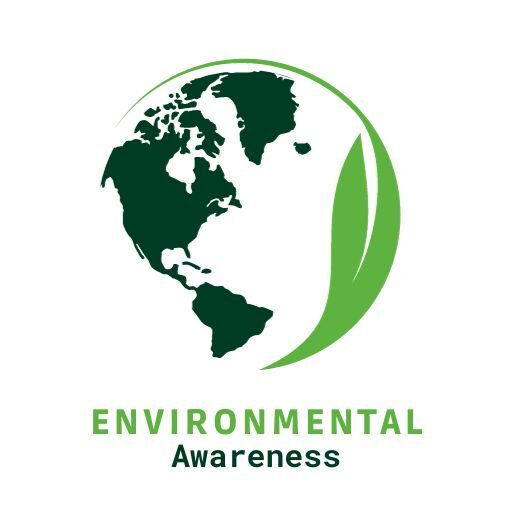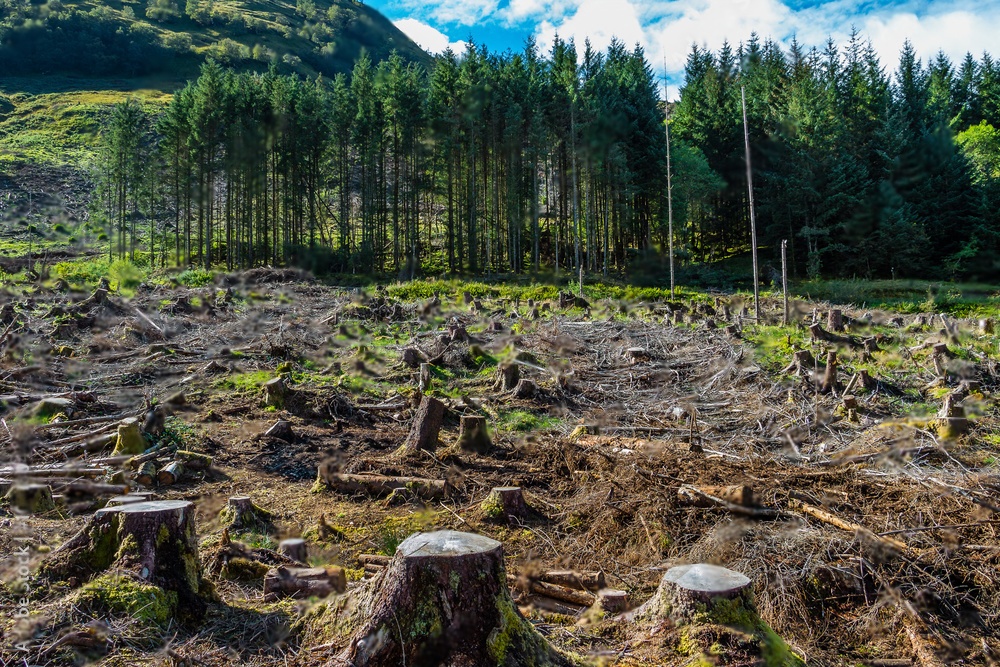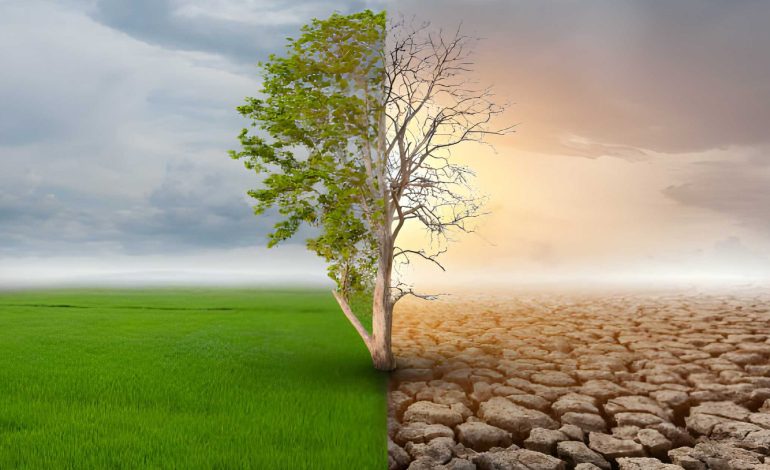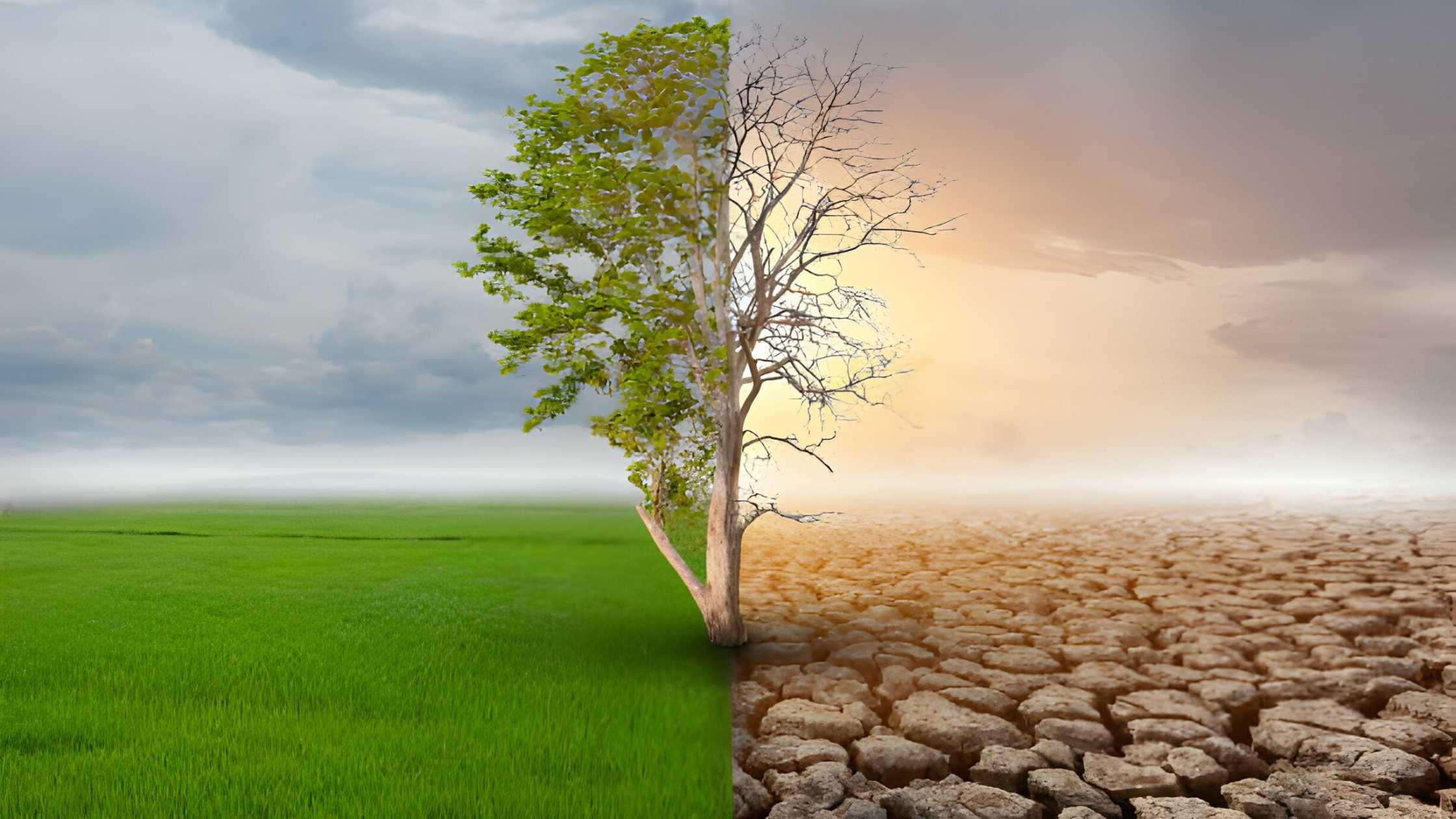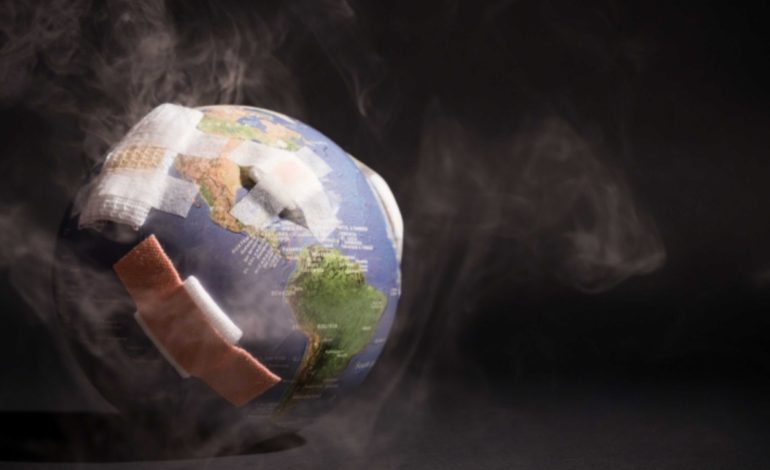
Pollution and Its Extreme Effect on Our Earth’s Ozone Layer
Introduction:
The ozone layer is essential to the Earth’s biosphere, functioning as a barrier against the sun’s damaging ultraviolet (UV) rays. However, pollution brought on by human activity is depleting this barrier of defence on the Earth. In all its manifestations, pollution is a severe threat to the delicate balance of our planet’s ecosystems and the ozone layer. In this blog, we shall examine the intricacies of pollution and its severe impacts on the ozone layer.
Understanding Pollution and its Types:
Pollution is the introduction of harmful substances or contaminants into the environment, resulting in adverse effects on living organisms and ecosystems. It can manifest in various forms, including air pollution, water pollution, soil contamination, and noise pollution. Human activities such as industrialization, urbanization, deforestation, and agriculture are the primary causes of pollution.
Air pollution arises from the release of pollutants such as particulate matter, sulfur dioxide (SO2), nitrogen oxides (NOx), volatile organic compounds (VOCs), and ozone-depleting substances (ODSs) into the atmosphere. Industrial processes, transportation, power generation, and agricultural activities are significant sources of air pollution.
Water pollution occurs when pollutants contaminate water bodies such as rivers, lakes, and oceans. Industrial discharge, untreated sewage, agricultural runoff, and marine litter contribute to water pollution, jeopardizing aquatic ecosystems and human health.
Soil contamination arises from contaminating pollutants such as heavy metals, pesticides, and industrial chemicals onto the soil surface. Improper waste disposal, industrial activities, and agricultural practices can lead to soil pollution, impacting soil fertility, biodiversity, and food safety.
Noise pollution, characterized by excessive environmental noise levels, can result from industrial activities, transportation, construction, and urbanization. Prolonged exposure to noise pollution can lead to hearing loss, stress, and other adverse health effects in humans and animals.
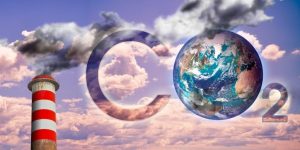
The Most Polluted Country
Finding the most polluted nation is a complex undertaking influenced by several variables, such as industrialization, population density, geographic location, and environmental legislation. Nonetheless, several countries persistently rank among the most polluted globally regarding water quality, air quality, and other environmental metrics.
Due to its reliance on coal for energy production and swift industrial development, China frequently experiences extreme air pollution in its main cities, including Beijing and Shanghai. Smog and haze are caused by pollutants released during coal combustion, including sulphur dioxide, nitrogen oxides, and particle matter.
India also has serious pollution problems because of burning biomass, vehicle exhaust, and industrial emissions, especially in its metropolitan areas. In places like Delhi, air pollution frequently reaches dangerous heights, endangering the public’s health.
Bangladesh, Pakistan, and Indonesia are among the other nations with significant pollution levels. There, issues with waste management, industrial pollution, and agricultural runoff aggravate environmental deterioration and public health hazards.
The Extreme Effect on Earth’s Ozone Layer
The ozone layer is essential for preserving life on Earth because it absorbs most of the sun’s harmful UV radiation, the stratosphere’s. However, because of human activity, the ozone layer is being lost, mainly as a result of the production of compounds known as ozone-depleting substances (ODSs), like methyl bromide, halons, and chlorofluorocarbons (CFCs).
Due to their detrimental effects on the ozone layer, these compounds, once widely employed in air conditioning, refrigeration, foam insulation, and fire suppression systems, are now phased out under the Montreal Protocol. The ozone layer is still getting thinner despite global attempts to cut ODS emissions, especially over polar regions.
Depletion of the ozone layer increases the amount of UV radiation that reaches the surface of the Earth, endangering ecosystems, human health, and the environment. In humans, increased UV radiation can lead to cataracts, skin cancer, and other health issues. Additionally, because it damages DNA and inhibits growth, it can destroy marine life, including phytoplankton, corals, and fish.
Additionally, through influencing photosynthesis, nutrient cycling, and plant growth, UV radiation can affect terrestrial ecosystems. Further, it can break down rubber, wood, and plastics, causing environmental pollution and financial losses.
Conclusion:
The ozone layer is seriously threatened by pollution, which significantly negatively affects ecosystems, human health, and the environment. Mitigating ozone layer depletion and protecting the planet’s biodiversity requires addressing the underlying causes of pollution, which include agricultural practices, vehicle exhaust, and industrial pollutants.
To effectively battle pollution and preserve the ozone layer for future generations, international collaboration and coordinated efforts are required. We can reduce pollution’s negative impacts and guarantee a healthier, more sustainable Earth for future generations by enacting strict environmental legislation, encouraging sustainable practices, and embracing cleaner technologies.
